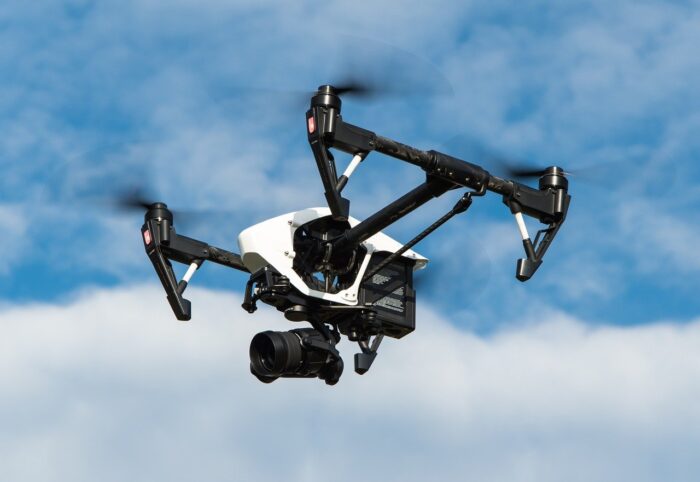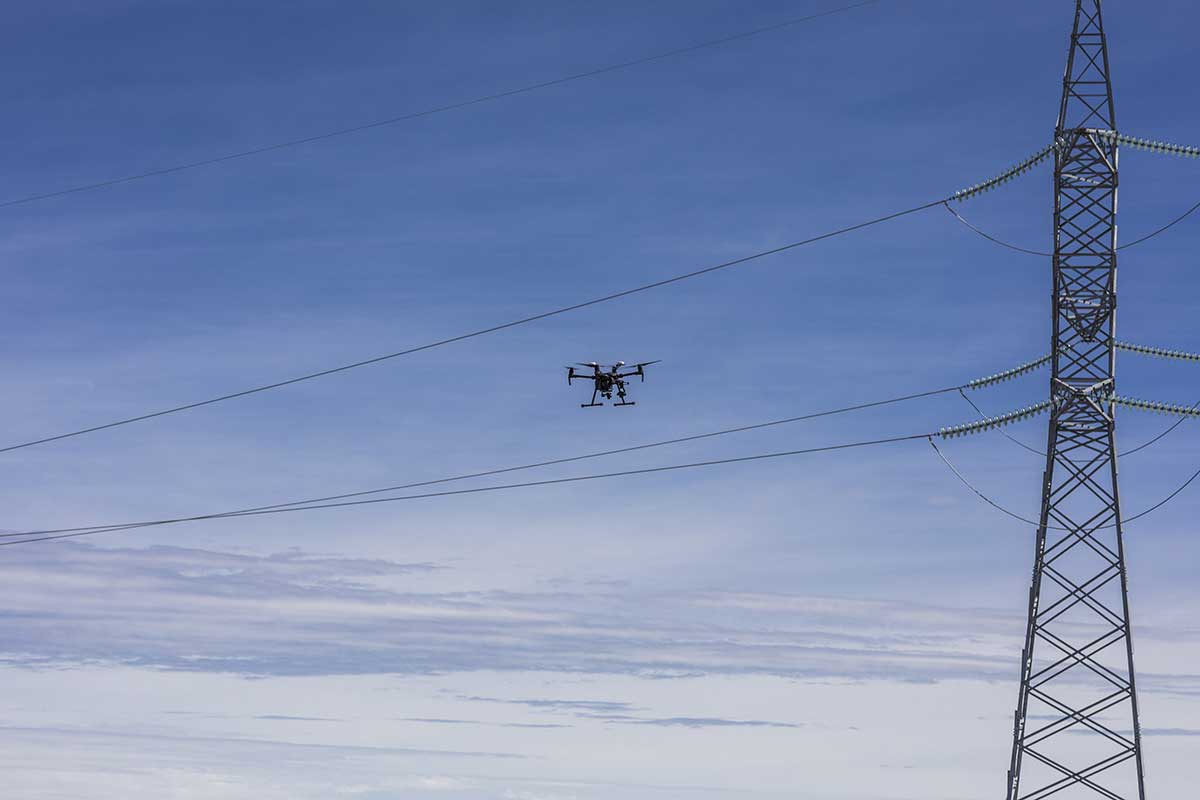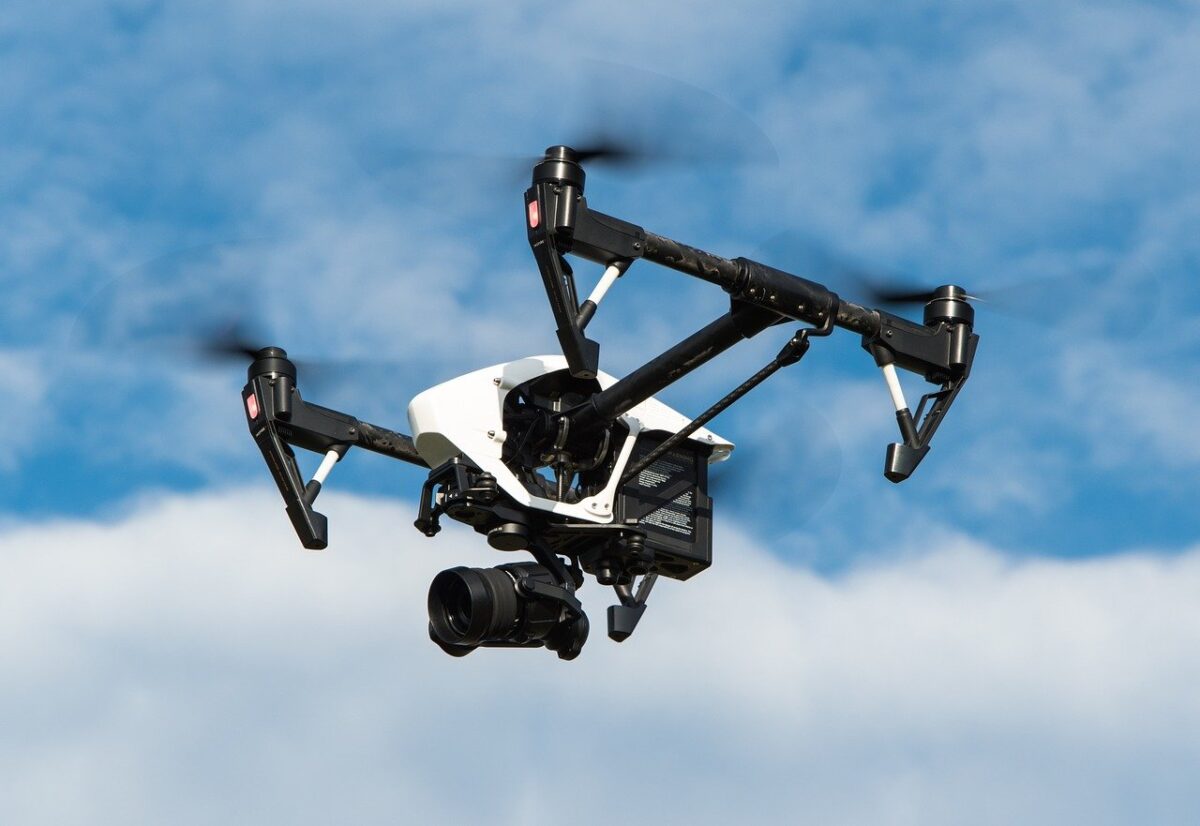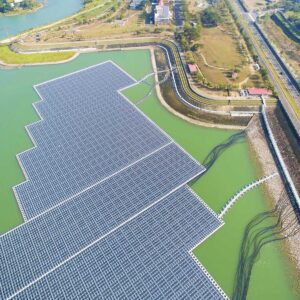Description
A Case Study of Drone Monitoring of Power Lines
Thermal image inspection of power lines is the main method for detecting existing or potential faults in power lines and other electrical equipment. Currently, these inspections are performed by either handheld thermal cameras or through the use of cameras mounted on helicopters. Both of these are problematic, as rugged terrain can lead to inefficient and difficult inspections, and helicopters are expensive to operate. In order to solve both problems, an experiment was devised using remote drones with thermal cameras and GPS locator systems.
The goal of this project was to create the components and software that would be used by the drone to make power line monitoring more effective and efficient. A pair of video cameras – a thermal camera and a regular video camera – would live stream the drone’s feed to a home base station, where an operator could signal the system to begin recording video of the problem area. The video was uploaded and plotted to a Google Map, giving a latitude and longitude of areas that need attention.
The scope of this course is to serve as a primer in the feasibility of drone usage in the inspection of power lines. It is intended to serve as a first step in understanding how the modified device was built, and learn of the savings of time and money as well as benefits of safety. This course summarizes a study of the use of drones. This course could be used as a guide to developing a plan to monitor and inspect transmission lines with drones.
This course includes a multiple-choice quiz at the end and is intended to provide 6 hours of professional development.
LEARNING OBJECTIVES
At the conclusion of this course, the student will have learned or been exposed to the following:
- Recording Video
- Detecting Faults
- Recording Location
- Component Selection
- Project Schedule
- Expected Budget
- Hardware Design
- Hardware Implementation and Photo Documentation
- Software and Interface Design Requirements
- Software Implementation
- Trouble Shooting
- Conclusions of the Case Study
- Potential Improvements
- Project Execution
- Budget Considerations










